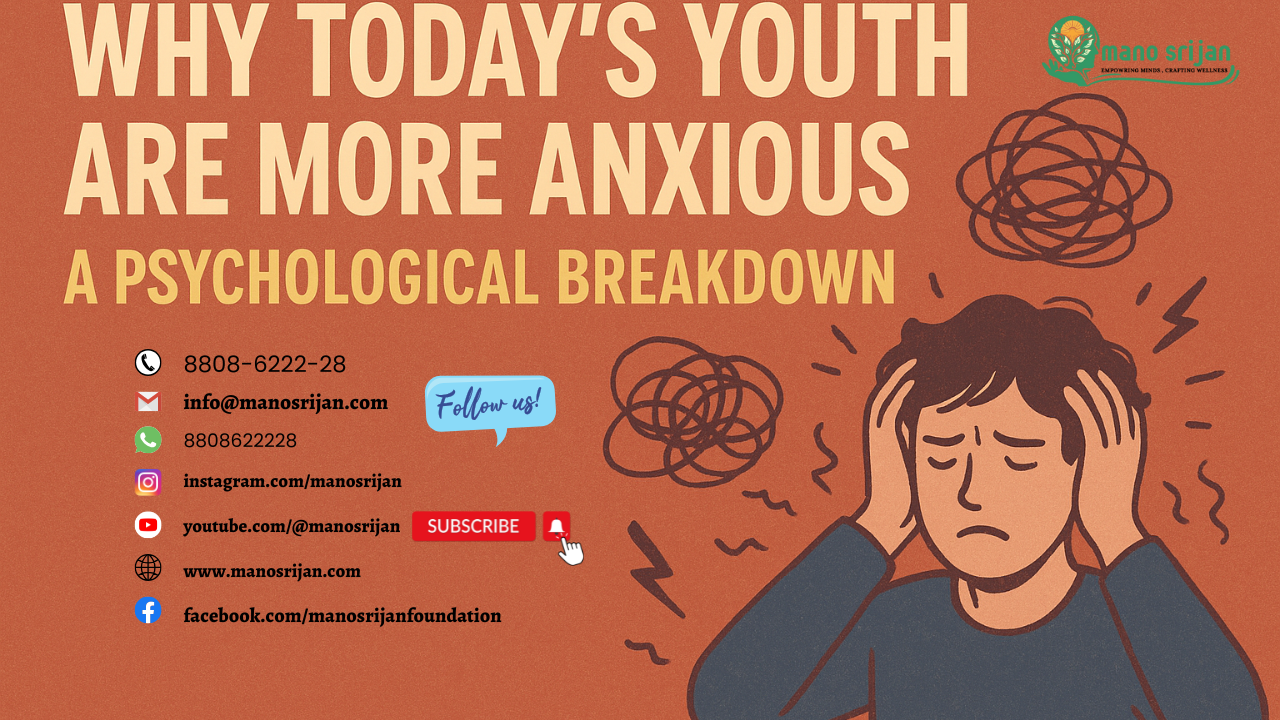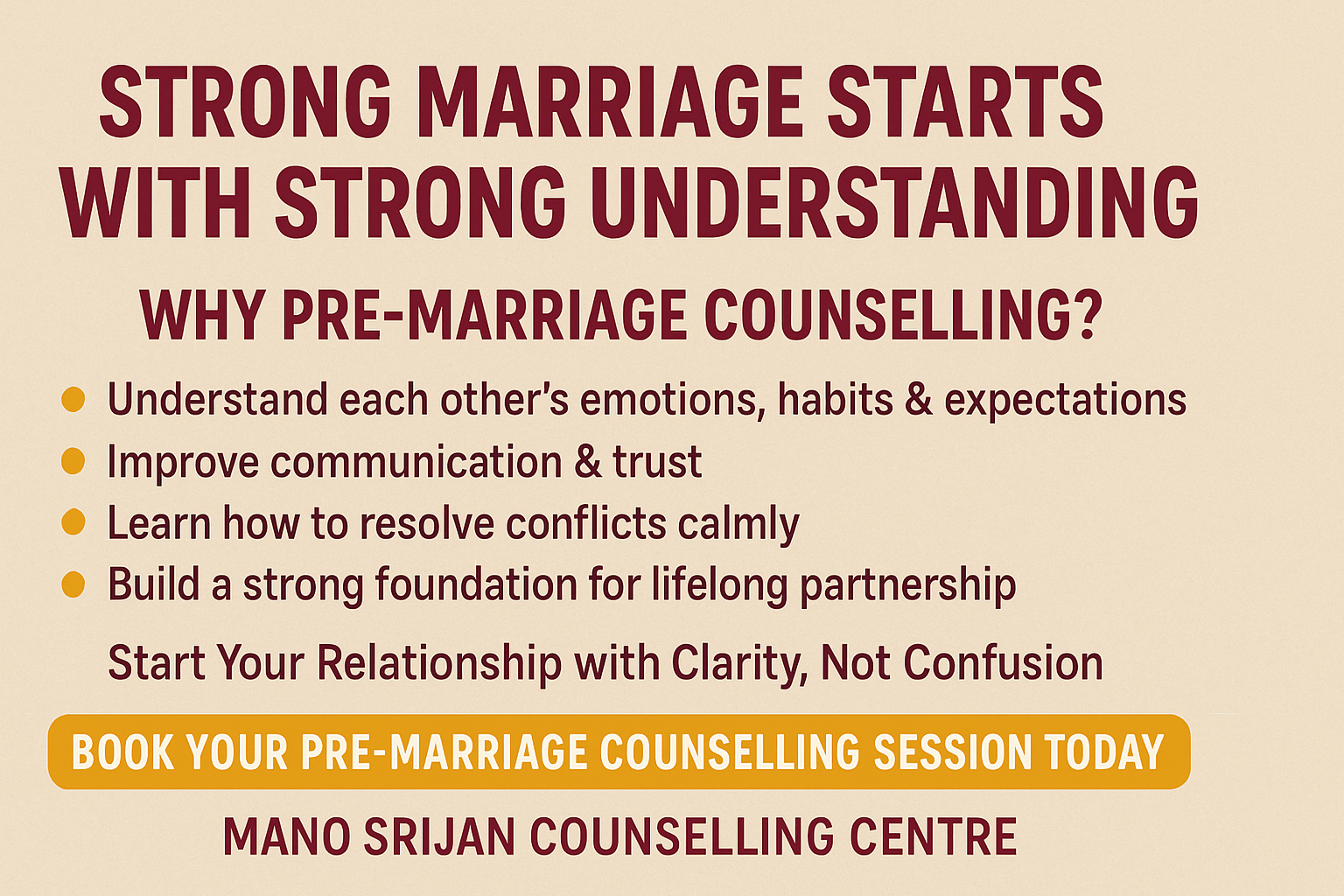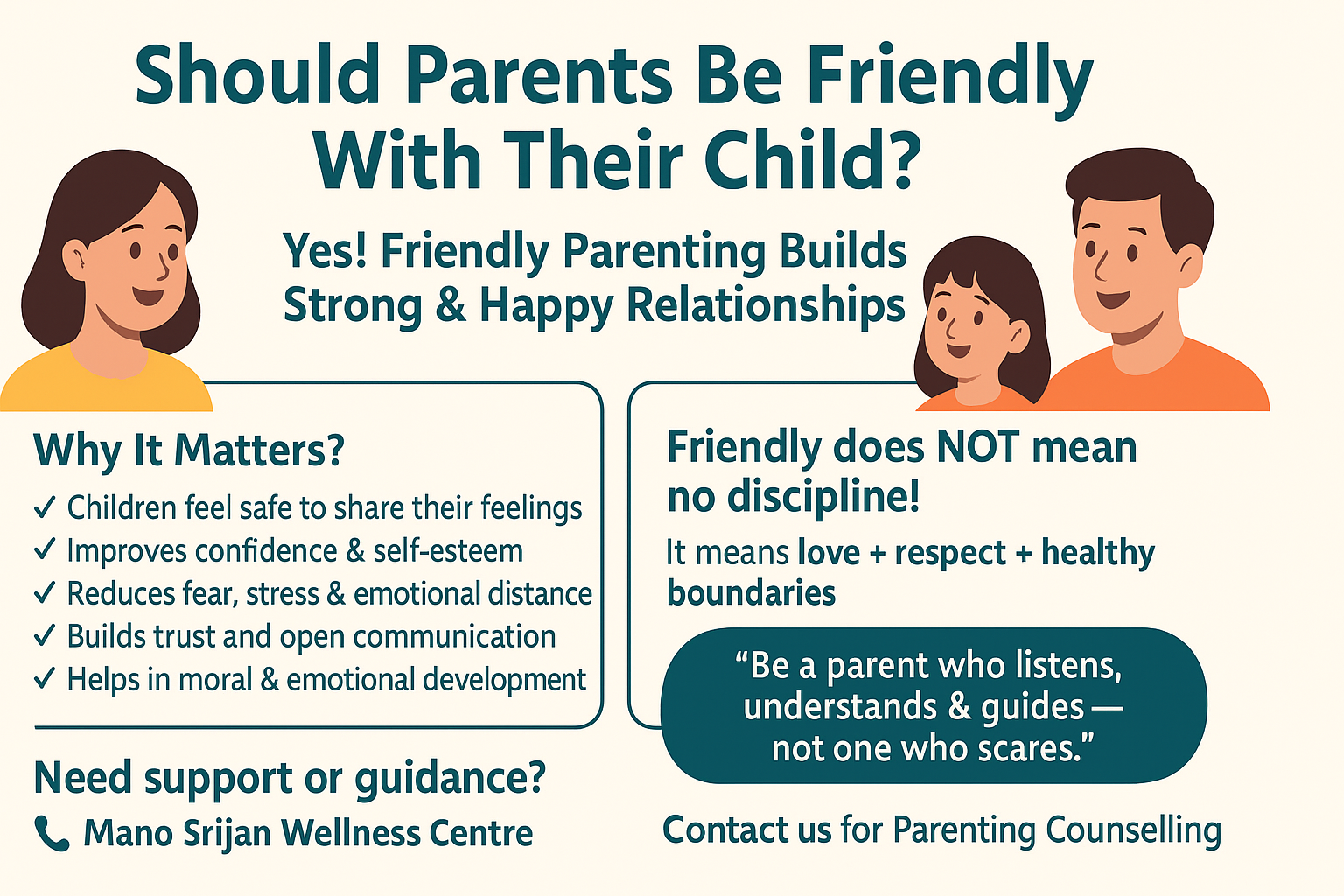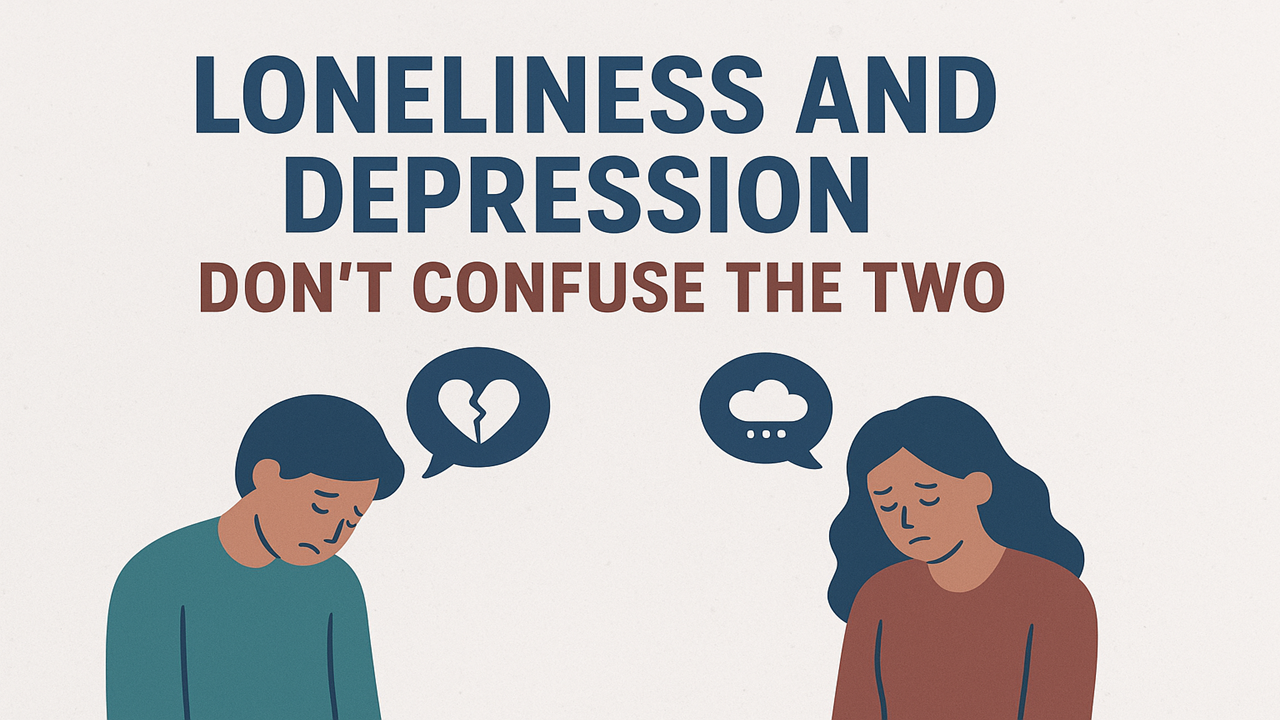
- 03 Jan 2025
- Psy. Ashish Pandey
Breaking the Stigma Around Therapy
In today’s fast-paced world, mental health has become an
essential topic of conversation. Yet, despite growing awareness, seeking
therapy often carries a stigma that prevents many individuals from reaching out
for the help they need. This stigma stems from outdated beliefs, cultural
misconceptions, and a general lack of understanding about the benefits of
therapy. It’s time to break these barriers and embrace therapy as a vital tool
for personal growth and well-being.
Understanding the Roots of the Stigma
The stigma surrounding therapy is deeply rooted in societal
norms and historical attitudes toward mental health. For decades, seeking
psychological help was equated with weakness or an inability to handle life’s
challenges. In many cultures, discussing personal struggles openly is
discouraged, reinforcing the idea that therapy is a last resort rather than a
proactive choice.
Media portrayals haven’t always helped, either. Therapists
are often depicted as characters dealing with extreme cases or perpetuating
stereotypes, making therapy seem irrelevant for everyday people. This has
created a misconception that therapy is only for those in crisis, rather than a
resource for anyone seeking to improve their mental and emotional health.
The Real Benefits of Therapy
Therapy is not just for addressing crises or diagnosed
mental health conditions. It’s a space where individuals can gain insights,
develop coping mechanisms, and build healthier relationships. Here are some key
benefits:
- Emotional
Resilience: Therapy helps people process emotions, manage stress, and
build resilience to navigate life’s ups and downs.
- Improved
Relationships: By addressing communication issues, unresolved
conflicts, and personal insecurities, therapy can enhance interpersonal
connections.
- Self-Awareness:
It offers an opportunity to explore your thoughts, behaviors, and
patterns, leading to greater self-understanding and growth.
- Crisis
Prevention: Regular therapy can prevent minor issues from escalating
into significant mental health challenges.
Debunking Myths About Therapy
To break the stigma, it’s crucial to challenge common myths:
- Myth:
Therapy is only for “serious” problems.
- Reality:
Therapy is for everyone, regardless of the size or nature of their
concerns.
- Myth:
Seeking therapy means you’re weak.
- Reality:
Acknowledging you need help and taking steps to get it is a sign of
courage and self-awareness.
- Myth:
Therapists just listen and don’t offer solutions.
- Reality:
Therapists are trained professionals who use evidence-based techniques to
guide clients toward meaningful change.
Normalizing Therapy
Here are some ways we can collectively normalize therapy:
- Share
Personal Stories: People who have benefited from therapy can help
destigmatize it by sharing their experiences openly.
- Use
Positive Language: Avoid framing therapy as a “last resort” or
something to be ashamed of. Instead, highlight its empowering aspects.
- Educate
Others: Discuss the purpose and benefits of therapy to dispel
misconceptions.
- Advocate
for Accessibility: Support policies and initiatives that make therapy
affordable and accessible to everyone.
A Call to Action
Breaking the stigma around therapy requires a cultural
shift, and each of us has a role to play. Whether it’s by seeking therapy
ourselves, encouraging a friend to take that first step, or simply talking
about mental health more openly, we can help create a world where therapy is
seen as a normal, healthy, and even necessary part of life.
Therapy is not a sign of failure—it’s a commitment to growth
and healing. Let’s redefine the narrative and celebrate those who prioritize
their mental well-being. In doing so, we pave the way for a more compassionate
and understanding society.






